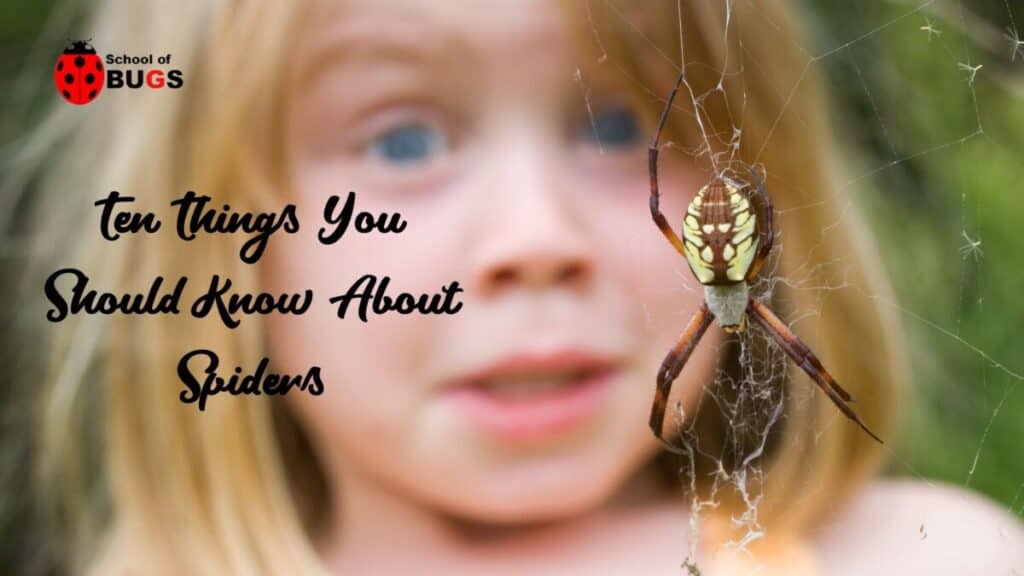
Love them or hate them, spiders are part of our world. Did you know there are more than 45,000 species of spiders throughout the planet? It’s fascinating if you ask me as there are so many interesting facts about them.
Some spiders eat their partners after mating, some spiders can jump pretty far, and some spiders are harmless.
Read on if you aren’t terribly grossed out by them or maybe a bit curious. In this article, I will educate you on some really interesting facts about this misunderstood critter.
A Short History of the Spider
Spiders walked the earth roughly 400 million years ago during the Devonian Period. That is more than 150 million years before dinosaurs walked to earth!
Most of the first groups of spiders were likely those who stayed close to the ground, living in dense forests where they would stock silverfish, millipedes, and cockroaches.
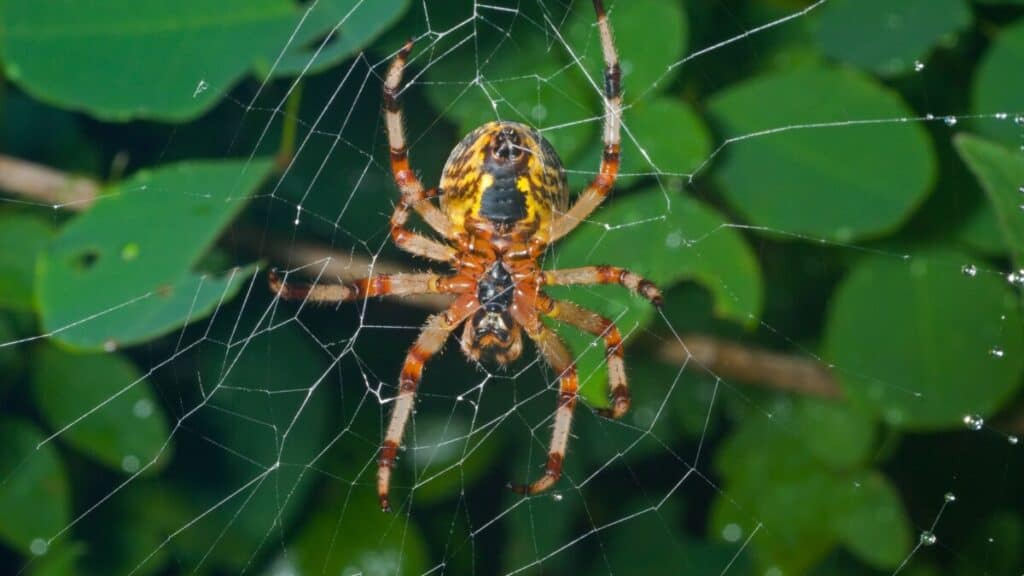
The spinnerets that spiders use today to make their webs didn’t appear until about 250 million years back, and by the time dinosaurs did walk the earth, those webs came in handy to catch the masses of flying insects.
And today, those spiders have evolved and developed into some of the most underappreciated and unique insects that share the planet with us day in and day out. Let’s dig deeper into some of the ten coolest facts about spiders.
- Spiders are very important to our planet
- A spider’s silk is very strong
- Spiders make great mums
- Some spiders jump
- There are several different kinds of webs
- Spiders can be cannibals
- Not all spiders have eight eyes
- Spiders come in different sizes
- Some spiders fling their hair
- Daddy Long Legs are not spiders
Spiders Are Incredibly Important
The fear of spiders, arachnophobia, is a very common phobia. And it’s understandable, as most spiders do carry some amount of venom.
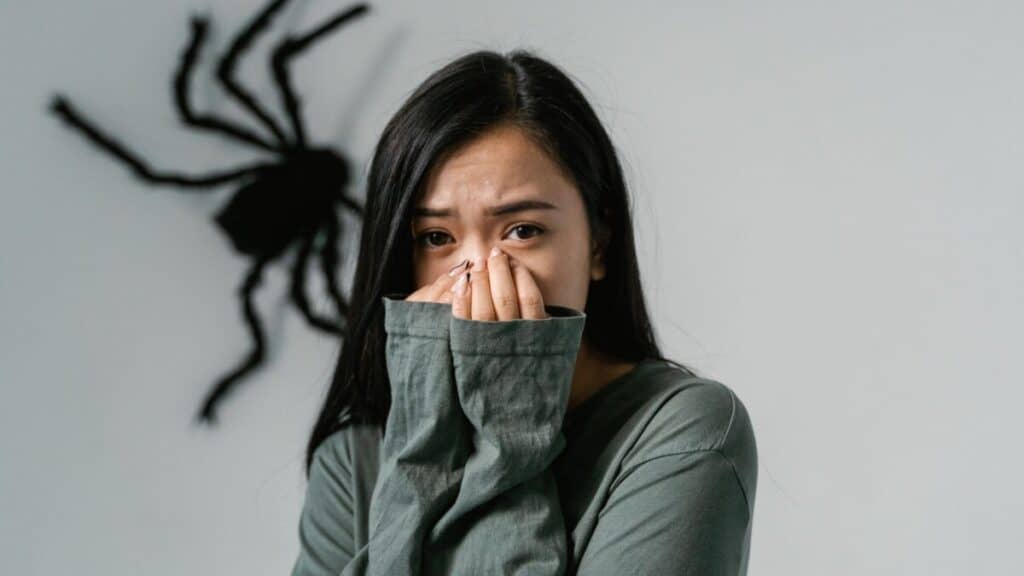
Some of which can cause some serious problems! Despite this, spiders are very beneficial. Here are some reasons why:
They are Crucial to Agriculture
Humans and animals depend highly on agriculture for food. But in those hard-worked fields where crops grow, there are a whole host of pests that are waiting to destroy them.
Spiders are crucial to the lives of crops because they eat those pests and essentially prevent the crops from being totally destroyed because of them.
They Keep Household Pests at Bay
Much like their activity in the corn fields, spiders are more than happy to make pests in your home their dinner. Ants, flies, and roaches are no match for the spider’s web or her fangs.
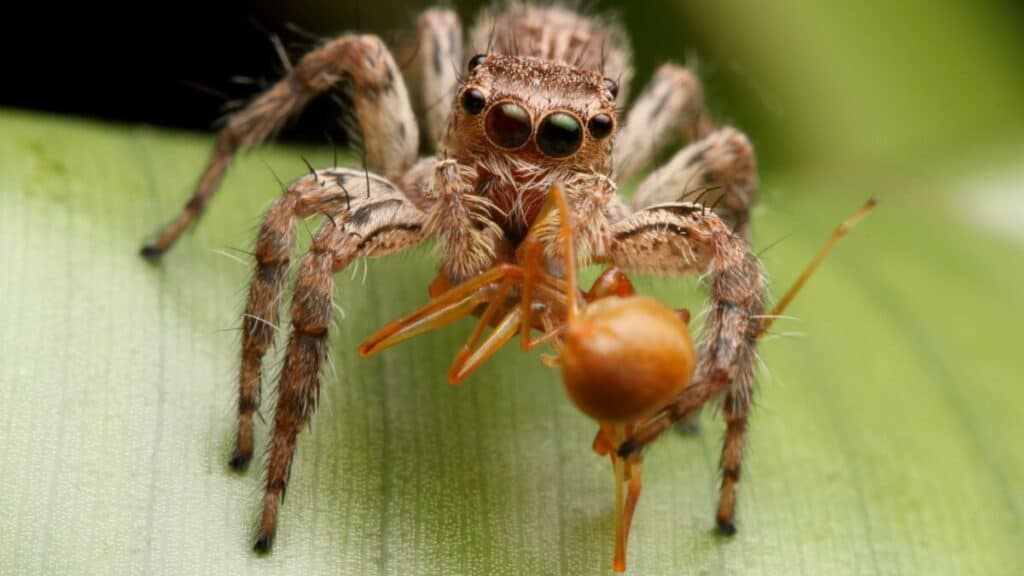
They Help Combat Disease
Along with killing those pests in your home, they are also helping to fight disease. Many house pests, like fleas and cockroaches, can spread some pretty nasty bacteria, including cholera and typhoid.
Mosquitoes can carry malaria in certain parts of the world, which can be deadly. And by eating these undesirable pests, spiders are helping to rid the world of the diseases they carry.
Spiders Are a Garden’s Best Friend
Spiders are excellent at feasting on mites, moths, aphids, weevils, and other garden pests. This can lower the chance that you may need to use pesticides. Spiders are truly the best hunters.
Their Venom Can Be Useful
While most of us think of spider venom as dangerous to humans, a very small percentage of spiders carry venom that can harm us. And even the venom that is harmful can also hold medical benefits.
Studies are being done on the venom of the Black Widow Spider and its effect on cancer cells. The venom of certain funnel-web spiders also aids in the effects of strokes.
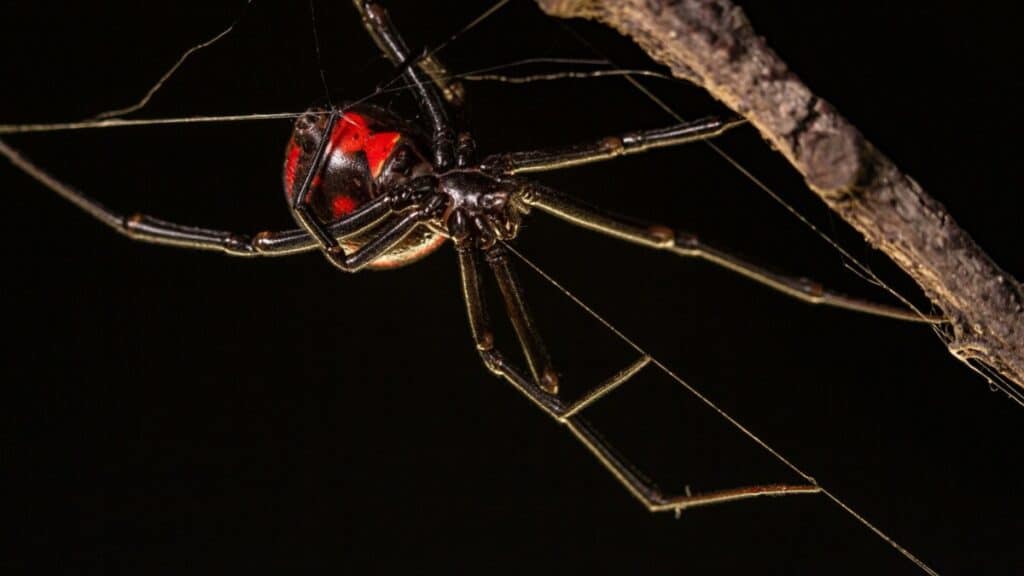
A Spider’s Silk Can Be Useful
It isn’t just venom that has healing properties. A spider’s silk has properties that are beneficial to wound care and are being used as a type of bandage that includes an antibiotic in it.
Spider Venom May Offer an Alternative to Opioid Pain Relief
The opioid epidemic throughout the world has science searching for an alternative to painkillers. They discovered that the venom molecules from Tarantulas and the Chinese Bird Spider contain pain-killing proteins that have worked on laboratory mice.
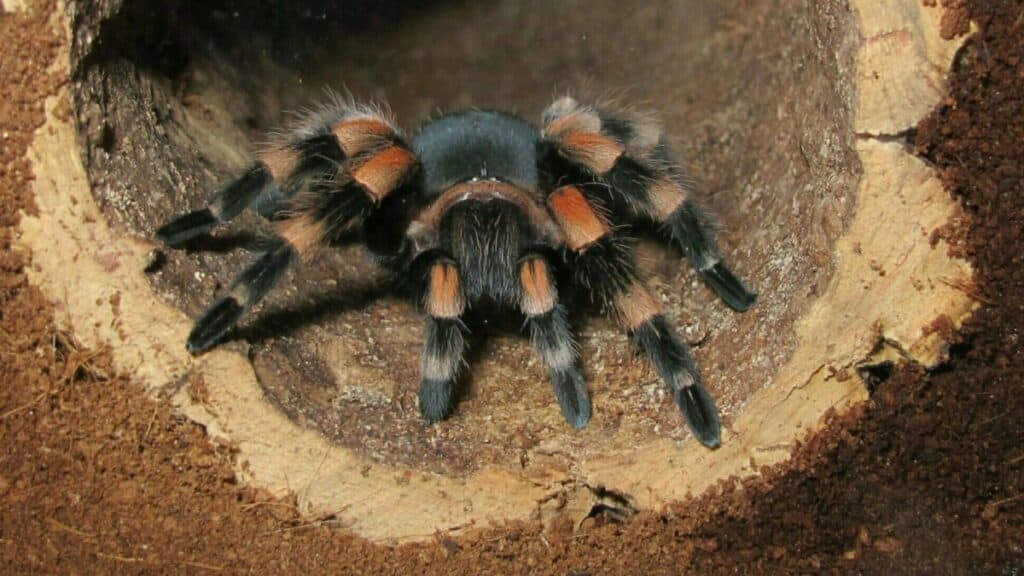
Spider Silk Can Aid Engineering
Scientists have discovered that the silk from spiders can be used in not only nets and parachutes but bulletproof vests. If this silk were produced on a large scale, it could eventually be as useful as Kevlar.
The Ecosystem Needs Spiders
Spiders are critical for controlling the insect population all over the planet. If we did not have spiders in our ecosystem, it would create a whole host of problems that would eventually destroy the planet.
Spiders Make a Great Meal for Predators
In the same circle of life as above, spiders are important because they feed birds, lizards, fish, and some mammals.
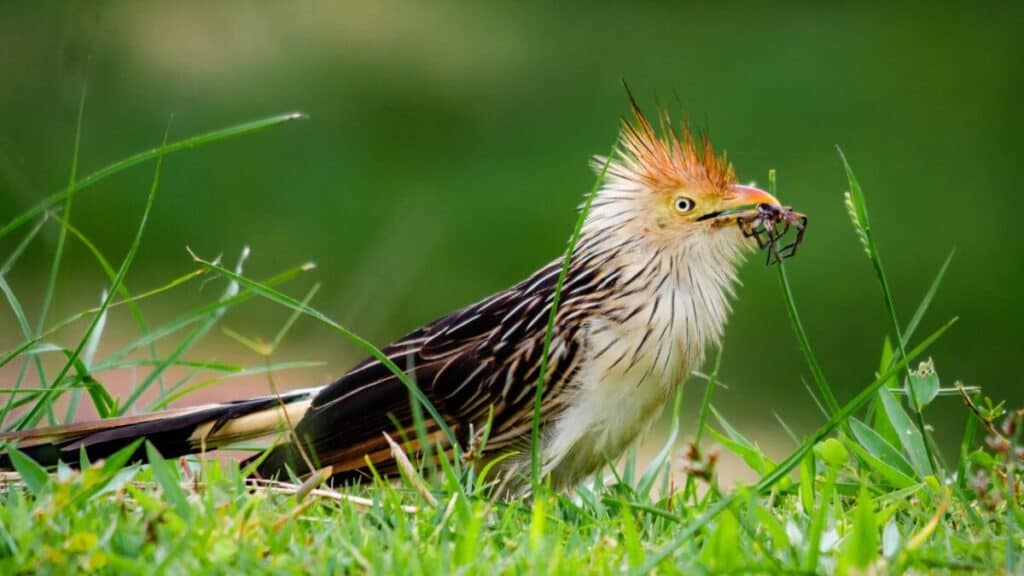
A Spider’s Silk is Very Strong
In size comparison, it’s actually stronger than steel. If scaled to size, a spider’s web could stop a traveling plane.
The silk strands are stuck together with smaller strands that form a sticky trap. Each strand of silk in the Brown Recluse Spider is made up of nano strands which are 20 millionths of a millimeter in diameter.
These nano strands are about 50 times as long as they are wide and can possibly stretch further.
Spiders Make Awesome Mothers
Some of the best moms in the animal kingdom are spider moms. Most species wrap their eggs up into a nice tight bundle in their silk.
Some species of mother spiders will protect their eggs from parasites and predators. Because egg sacs make a tasty meal for others, mom makes a huge commitment to defend them.
And while some spider moms give up their duty after they lag eggs, some will care for their spiderlings after they hatch. These are the same species of spiders that carry their egg sacs on their backs.
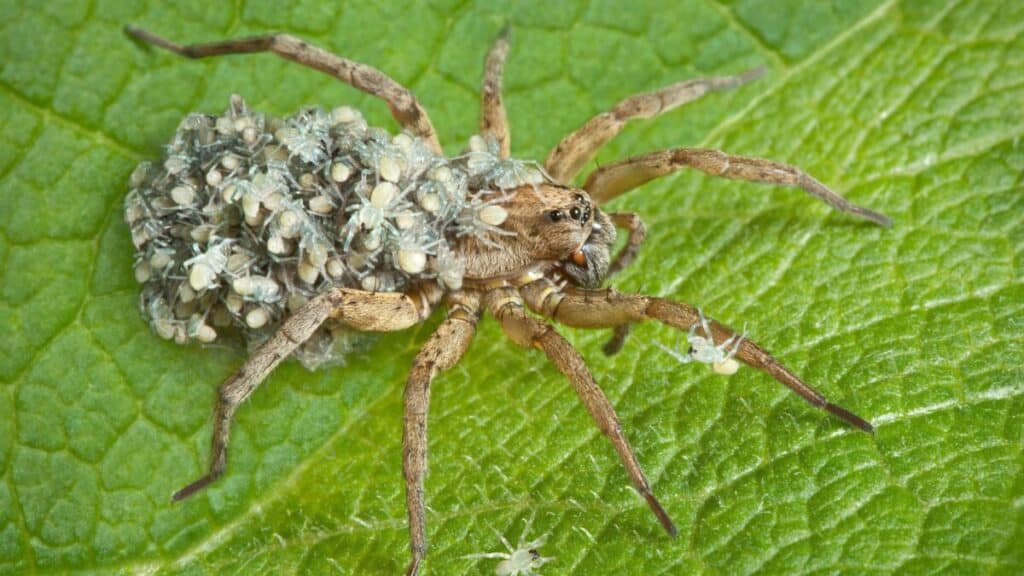
Wolf Spider moms carry their babies on their backs because it allows them to hitch a ride on mom as she goes about her day, hopping on and off for a drink of water. They will stay with her for up to a week.
Some Spiders Actually Do Jump
Yes, there is such a thing as a jumping spider. These guys (and gals) are active during the day and hunt by jumping rather than weaving a traditional web.
Jumping Spiders can move quickly from side to side or front to back to land on their prey. The Jumping Spider can jump up to 20 times her body length when she feels threatened.
There Are Several Different Kinds of Spider Webs
Most folks think of the traditional-looking spider web that is round and looks a bit like a bullseye or a target. While these are very common, there are four different types of spider webs.
The Sheet Web
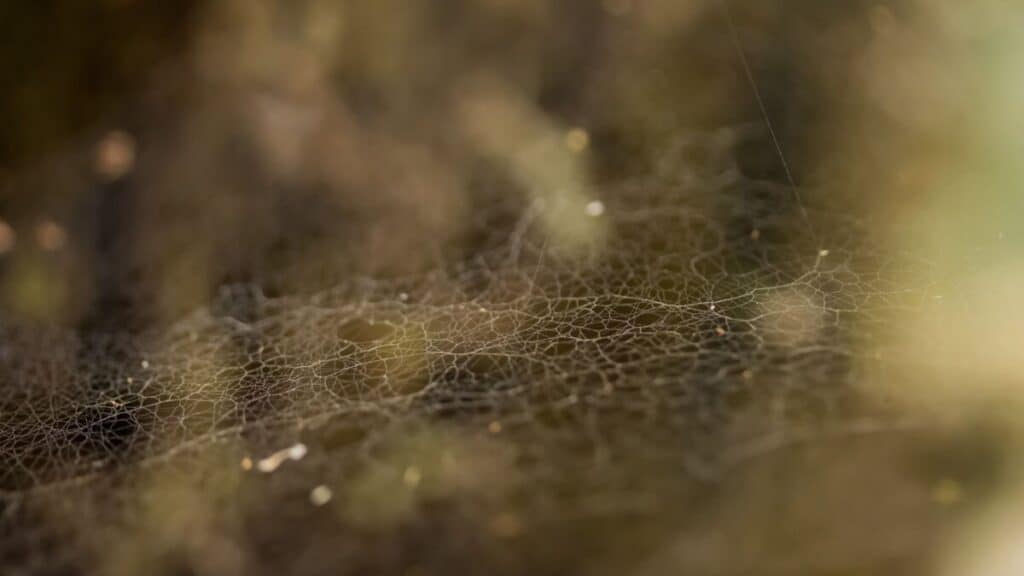
The sheet web looks like a sheet that is strung up between bushes, trees, or even laid over the grass. It can also sometimes look like a dish or bowl as the middle will be curving down.
The strands of this web are very thick and woven horizontally. Smaller species of spiders use and make the sheet web.
The Funnel Web
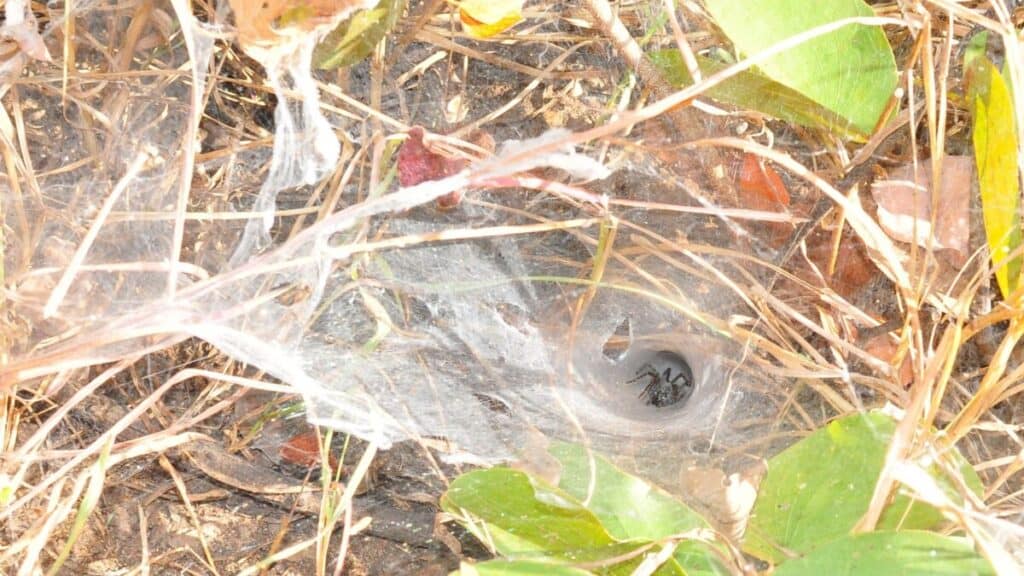
The funnel web in itself is actually very common and is used by many spiders that weave this type of web. It isn’t specific to the well-known Funnel Web Spider, which can be dangerous.
A funnel web has a traditional funnel shape with a narrow middle and wide sides. You will typically see these lower to the ground in areas with a lot of plant coverage.
They can be home to many spiders, including the Hobo Spider, which is very docile and not dangerous to humans.
Orb Web
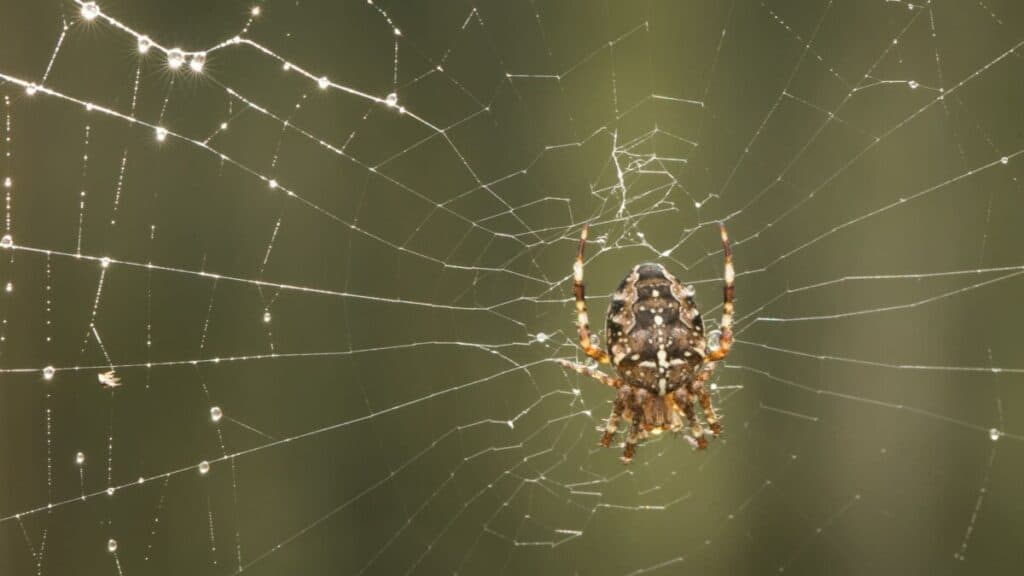
The orb web is most commonly suspended between trees and can be seen in the morning as the dew reflects off it. This circular-shaped web is also commonly seen in wooded areas.
Resembling a wheel with a spiraled center and “spokes,” the orb web is commonly home to the yellow garden spider.
Tangled Web
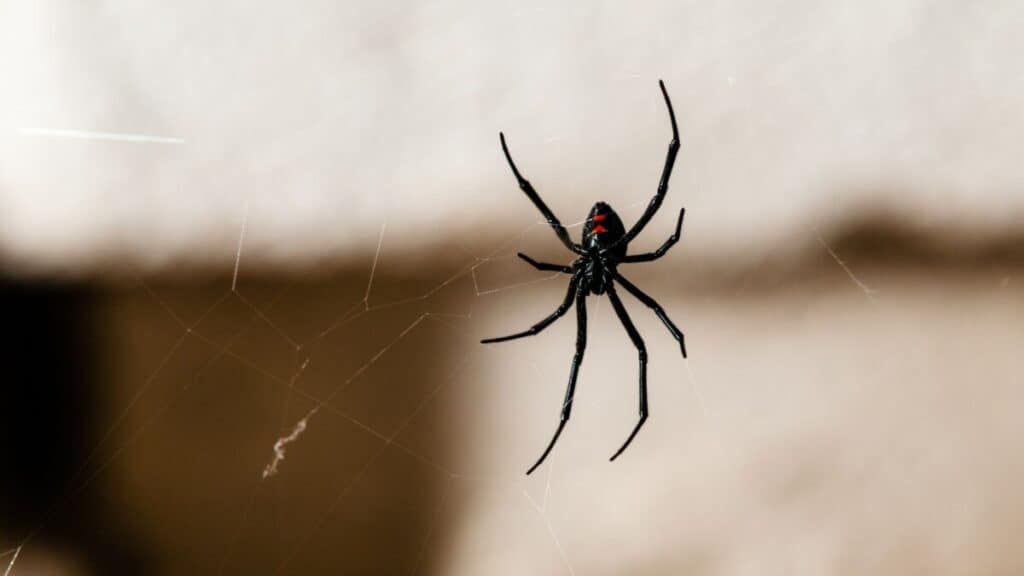
Also known as a cobweb, this web is usually found in those dark spaces around your home, such as corners, basements, or attics. The black widow spider will often make her home here.
Spiders Can be Cannabilistic
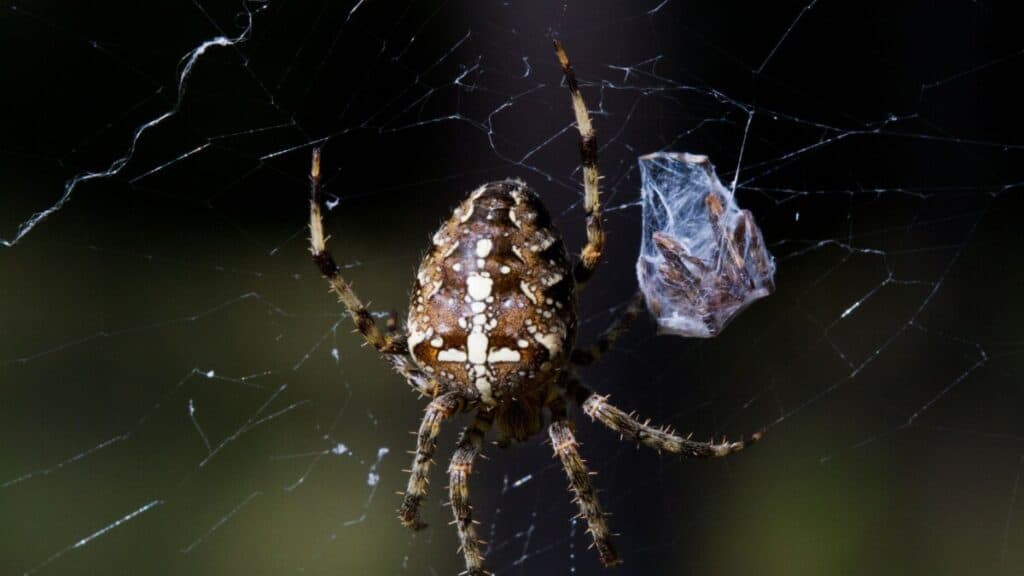
Yes, it’s true. Spiders will be more than happy to eat other spiders, and often this revolves around mating.
The mating rituals of the Nursery Web Spider are pretty barbaric and an excellent example of this. The male Nursery Web Spider had better come bearing gifts.
He may be chosen as a mate if he presents his dearest with a silk-wrapped fly. He will usually be rejected and eaten if he fails to bring her a snack.
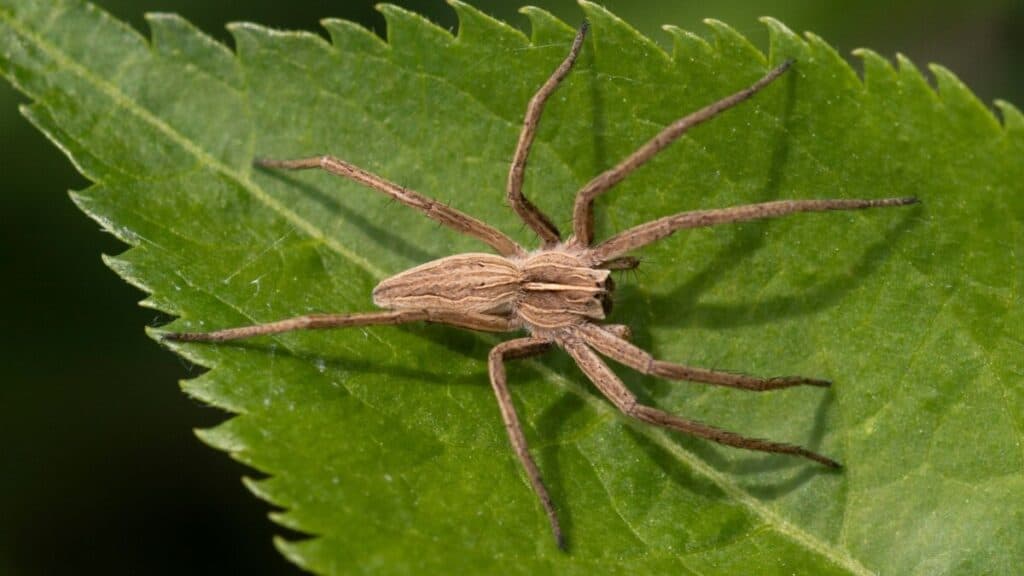
Female Black Widow Spiders have been known to eat their mate after mating. While this does not happen as often as we are told, it does happen.
The male usually hightails it out of there after the mating ritual hoping that he won’t get eaten. But sometimes he isn’t so lucky.
Not All Spiders Have Eight Eyes
Legs, yes, but eyes…not always. We tend to think that spiders have eight eyes, but this is not always the case. Most of them do, but some species have only six, and some have even fewer, but they will always come in pairs.
Spiders Come in All Shapes and Sizes
Our eight-legged friends certainly do cover the spectrum when it comes to size. One of the smallest spiders in the world is the Patu Digua, which comes from Columbia. They have a body length of 0.014 inches. The Samoan Moss Spider is as small as 0.011 inches, and the Frade Cave Spider from Portugal is 0.43 millimeters!
The Goliath Bird Eating Spider takes the cake for this biggest spider in the world. From the rainforests of South America, these tarantulas can reach 11 inches in length…that’s about the size of a dinner plate!
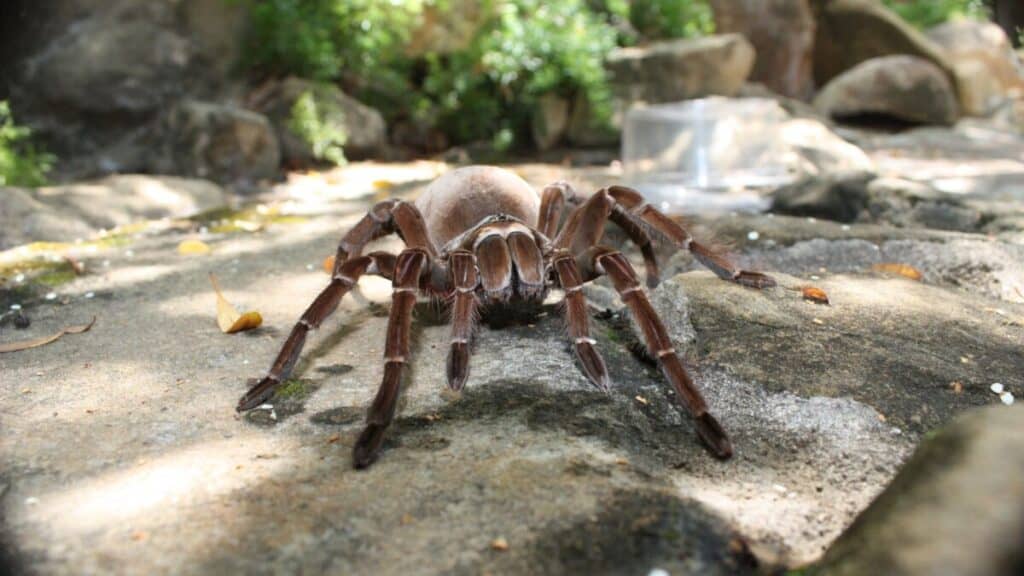
Some Spiders Will Fling Their Hairs
Some types of tarantulas will fling off their tiny hairs, known as urticating hairs, to fend off predators. The hairs are harmful to others in much the way that a porcupine quill would be.
Daddy Long Legs Spiders Aren’t Really Spiders
Those long-legged spindly little things we call Daddy Long Legs are actually called Harvestmen, another type of outdoor critter. While they are part of the arachnid family, they are not spiders.
They have no venom, make no silk, and are harmless to humans.
Conclusion
I hope you had as much fun learning about spiders as I did writing about them. I feel they are one of the neatest creatures on our planet and are very misunderstood. As you can see, there are so many good things about them!
Alright, that’s it for this article, here are a few hand-selected articles that you might also find interesting reads:
10 Crazy Facts About Spiders7 Unexpected Things Spiders Do In a Typical Day
7 Super Important Things Spiders Do For Us
Recent Posts
Tiny Black Bugs in Bathroom NO WINGS: What They Are and What to Do!
Finding tiny black bugs in your bathroom can be uncomfortable, to say the least. Especially if they are persistent, or they appear in very large numbers, which they often like to do. When it...
Tiny Black Bugs in Plant Soil - What Are They & What To Do About It
A short horror story: You get a new houseplant. You do your best to take care of it. You’ve ensured that it has the right soil, the right amount of sun, it gets enough water. And then one day, you...

